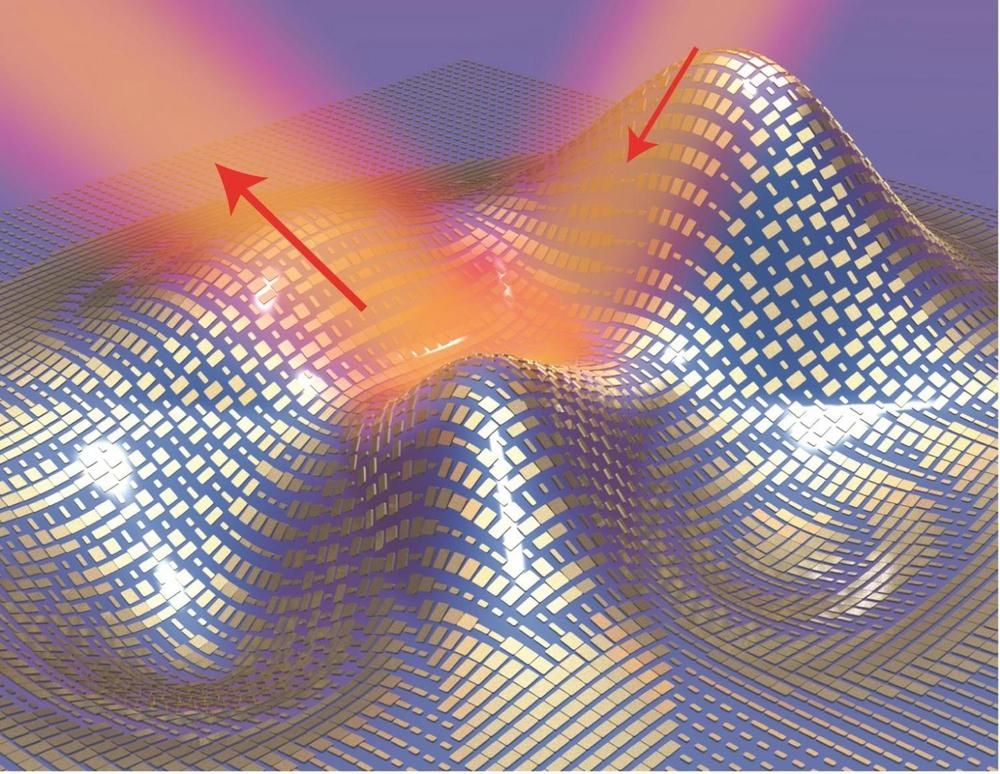Oct 3, 2020
Synthetic biology brings the hard science of engineering to the basics of life
Posted by Genevieve Klien in categories: bioengineering, biological, computing, science
Synthetic biology startups raised some $3 billion through the first half of 2020, up from $1.9 billion for all of 2019, as the field brings the science of engineering to the art of life.
The big picture: Synthetic biologists are gradually learning how to program the code of life the way that computer experts have learned to program machines. If they can succeed — and if the public accepts their work — synthetic biology stands to fundamentally transform how we live.
What’s happening: SynBioBeta, synthetic biology’s major commercial conference, launched on Tuesday, virtually bringing together thousands of scientists, entrepreneurs, VCs and more to discuss the state of the field.


















